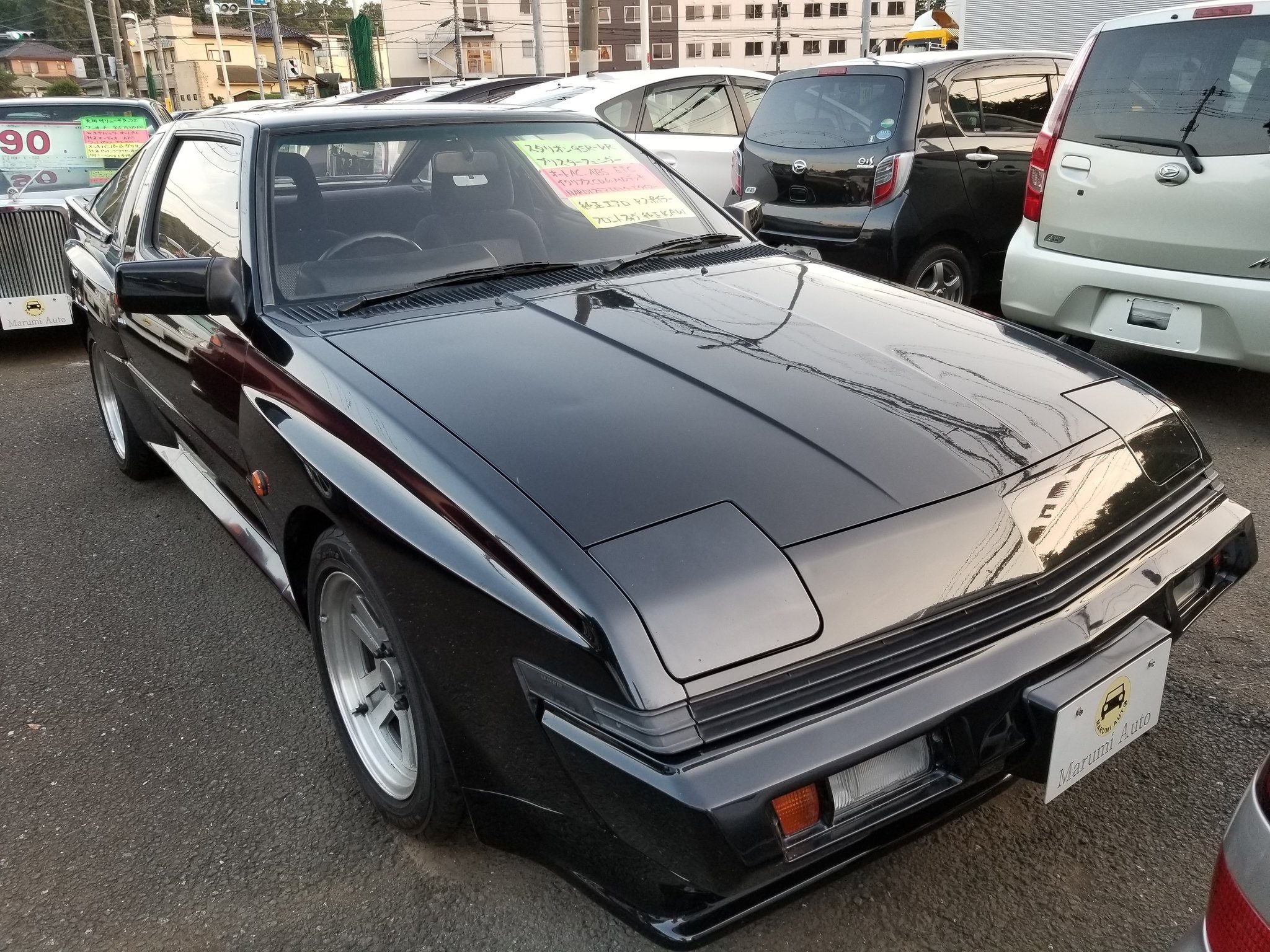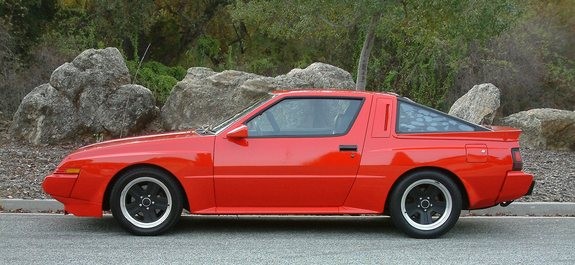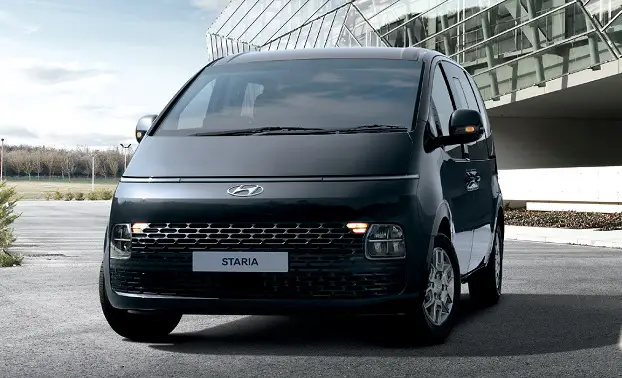Mitsubishi Starion Motorpedia ALL models, history
From 1978 to 1984, Mitsubishi Motors made the Mitsubishi Starion, which is a car. It was the first car the company made after World War II, and it came in coupe, sedan, and station waggon styles. When it came out, the Starion got good reviews, but in the late 1980s, it started to lose popularity. In 1984, the car was finally taken off the market. Even now, many Starion fans are still trying to find examples that are still around. If you are one of them, check out our motorpedia for the most up-to-date information about this famous Japanese car.
From 1982 to 1989, Mitsubishi made the STARION, a two-door, turbocharged, four-cylinder, rear-wheel-drive, four-seat hatchback sports car.
The Mitsubishi Starion

The Japanese car company Mitsubishi Motors made the sports car Mitsubishi Starion from 1970 to 1986. The Starion was available with two or four seats, and its chassis was based on the then-new Pajero Sport model. The engine line included both gasoline and diesel engines with and without turbochargers.
The “Taupe” is the name of a limited-edition version of the Starion that came out in 1990. This model was grey on the outside and had black racing stripes. It had special alloy wheels, a light blue leather interior, and an automatic transmission. Another limited edition called “Gold” came out in 1997. It was yellow on the outside and had gold racing stripes. These models are hard to find and are often bought by collectors.
OVERVIEW
1982, when Mitsubishi released the Starion, there were already several Japanese grand tourer (GT) sports cars on the market, such as the Nissan Z cars, Mazda RX-7, Toyota Supra, and, to a lesser extent, the Honda Prelude and Isuzu Piazza.
In the United States, the Starion was sold as a Mitsubishi Starion, while badge-engineered versions were sold as the Dodge, Plymouth, and Chrysler Conquest. In the United Kingdom, it was sold under the name Colt Starion.
The narrowbody model followed Japanese laws that taxed bigger cars and engines with more than 2000cc of displacement, but the widebody style did not. Up until the 1985.5 model year, you could only get the narrowbody.
With the introduction of the widebody, cars were split into two groups: cars without intercooling that had less horsepower and a narrow body shape, and cars with intercooling that were fast and had a wide body. Most of the time, wide-body cars had names like Starion ESI-r or Conquest TSi. The ESI-r badge was given to cars in markets that didn’t get the widebody. These cars were just as good as the widebodies. From 1986 to 1989, wide-body cars could be bought in the United States.
History Of Mitsubishi Starion
Nissan, a Japanese car company, sold the Mitsubishi Starion sports car from 1984 to 1992. It replaced the Nissan Skyline GT-R and raced in rallies, endurance races, and Grand Prix races. In 1984, a limited number of coupes were made from the Starion.
The design of the Starion was based on the prototype Nissan R380 Z-car, and it had many of the same parts as the Maxima, including the V6 engine. The engine in the standard model was 3,993 cc and made 265 hp (198 kW). Its top speed was 321 km/h (199 mph), and it took 6.8 seconds to go from 0 to 100 km/h (62 mph).
In 1985, a Turbo version came out that had 300 hp (224 kW) more power than the other models. In 1987, the Starion got a major update. The bodywork and aerodynamics were changed, and the rear tyres were made wider, which made the car handle better. The GT-R Plus, a new coupe version, came with an upgraded 3,995 cc engine that made 290 hp (225 kW).
In the last year of production, two new models came out: the GT-R Mark II and the GT-R Mark III. The Mark II had changes to its bodywork, suspension, and brakes. The Mark III, on the other hand, had
The Starion Evolution
The Mitsubishi Starion is a mid-sized car that was made by Mitsubishi Motors in Japan from 1988 to 1996. The Starion came as a coupe or a sedan, and its engines ranged from a 2.0-liter turbocharged in-line four to a 3.0-liter naturally aspirated V6.
The first Starion models were built on the company’s new Pajero platform, which was also used for the Pajero Sport and Montero Sport models that came later. But as Mitsubishi’s finances got worse in the late 1980s, it stopped making the Pajero platform in 1991 and started putting all future Starion models on the Mirage platform. Because of this change, the early and later Starions were very different. The early cars had bigger front and back ends, while the later ones were more compact.
The last Starion was made in 1996. This model was given a “facelift,” which meant that the front and back designs were changed, and the interior trim was changed as well. When it came out, sales of the last Starion weren’t very good, so Mitsubishi stopped making this model soon after.
The Starion RS

From 1978 to 1984, Mitsubishi Motors made the high-performance sports car Mitsubishi Starion RS. The car was made to compete in the Japanese Division 3 Sports Car Championship, which it did very well in. The Starion RS is thought to be one of the best sports cars ever made by Japan.
The Starion RS was powered by a turbocharged 2.0 L inline four-cylinder engine that made 270 horsepower (210 kW). A five-speed manual transmission was paired with this engine. The car could go from 0-60 mph (96 km/h) in just 7.5 seconds and had a top speed of over 200 mph (322 km/h). The Starion RS also came with air conditioning, power steering, and anti-lock brakes (ABS) as standard features.
The Mitsubishi Starion RS is thought to be one of the most popular Japanese sports cars ever made, and fans and collectors still like it today. Due to how well it ran and how famous it became, the StarionRS is now a valuable collectible for anyone interested in old cars.
Starion GT

The Mitsubishi Starion GT is an automobile that was produced by the Japanese automaker Mitsubishi Motors from 1984 to 1998. The car was designed as a mid-engine, rear wheel drive sports car, with a V6 engine providing propulsion. The Starion debuted at the 1983 Frankfurt Motor Show and production began in 1984. A total of 1,231,811 units were manufactured in Japan, making it one of Mitsubishi’s most successful models.
In 1998, after 10 years of production, the final model of the Starion was released. The car received mixed reviews due to its high price tag and outdated design. In 2003, Mitsubishi ceased production of the Starion citing declining sales rates as a main factor in its demise. Despite this, some enthusiasts maintain and continue to modify their original examples into street cars or racecars.
Starion GTS

From 1978 to 1997, the company made the sports coupé Mitsubishi Starion. The car came out in 1978 as a replacement for the older Mitsubishi Pajero. It could be bought with either front-wheel drive or all-wheel drive. The first models had a 4-cylinder engine, but the engines in later models were either V6 or V8. After nine years on the market, the Starion stopped being made in October 1997.
The Mitsubishi Starion Motorpedia

The Mitsubishi Starion Motorpedia is a complete guide to all of the car’s models and its history. This complete guide will tell you everything you need to know about every model, from the first to the most recent. You can find detailed specs and videos and pictures for each model.
When it came out in 1973, the Mitsubishi Starion quickly became one of the most popular cars. Over the years, many different versions of the car have come out, and each one has its own special features. The purpose of the Mitsubishi Starion Motorpedia is to tell you everything you need to know about this famous car.
Conclusion
The Mitsubishi Starion is a car that has been around for a while, and it looks like it will be around for even longer. The first Mitsubishi Starion came out in 1988, and since then, each new version of the car has made it better and better. No matter if you want to buy or sell a used Mitsubishi Starion motor, our website can help. We know everything there is to know about this car, so be sure to check us out.

